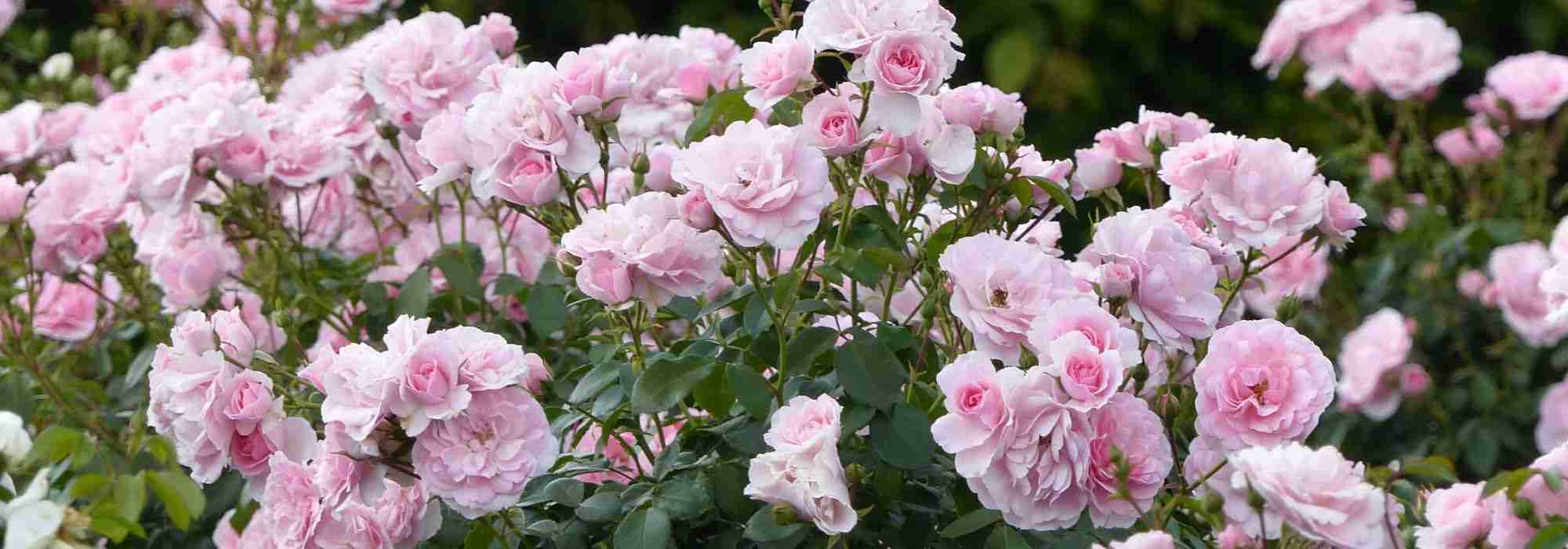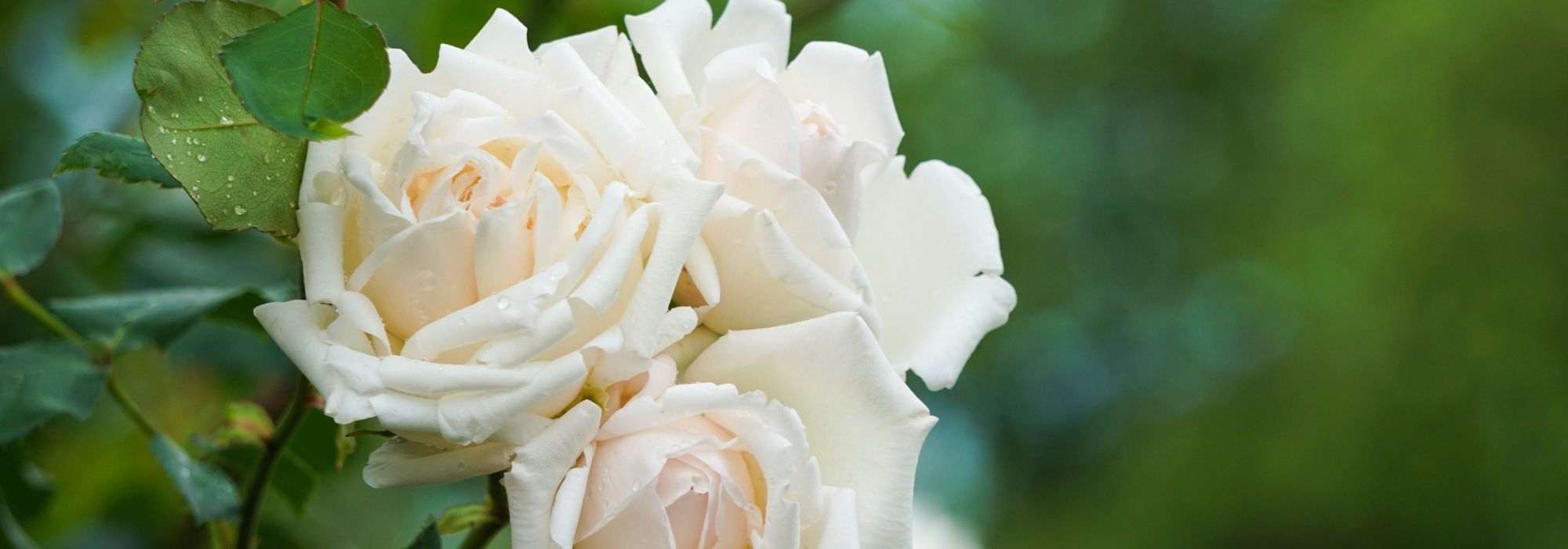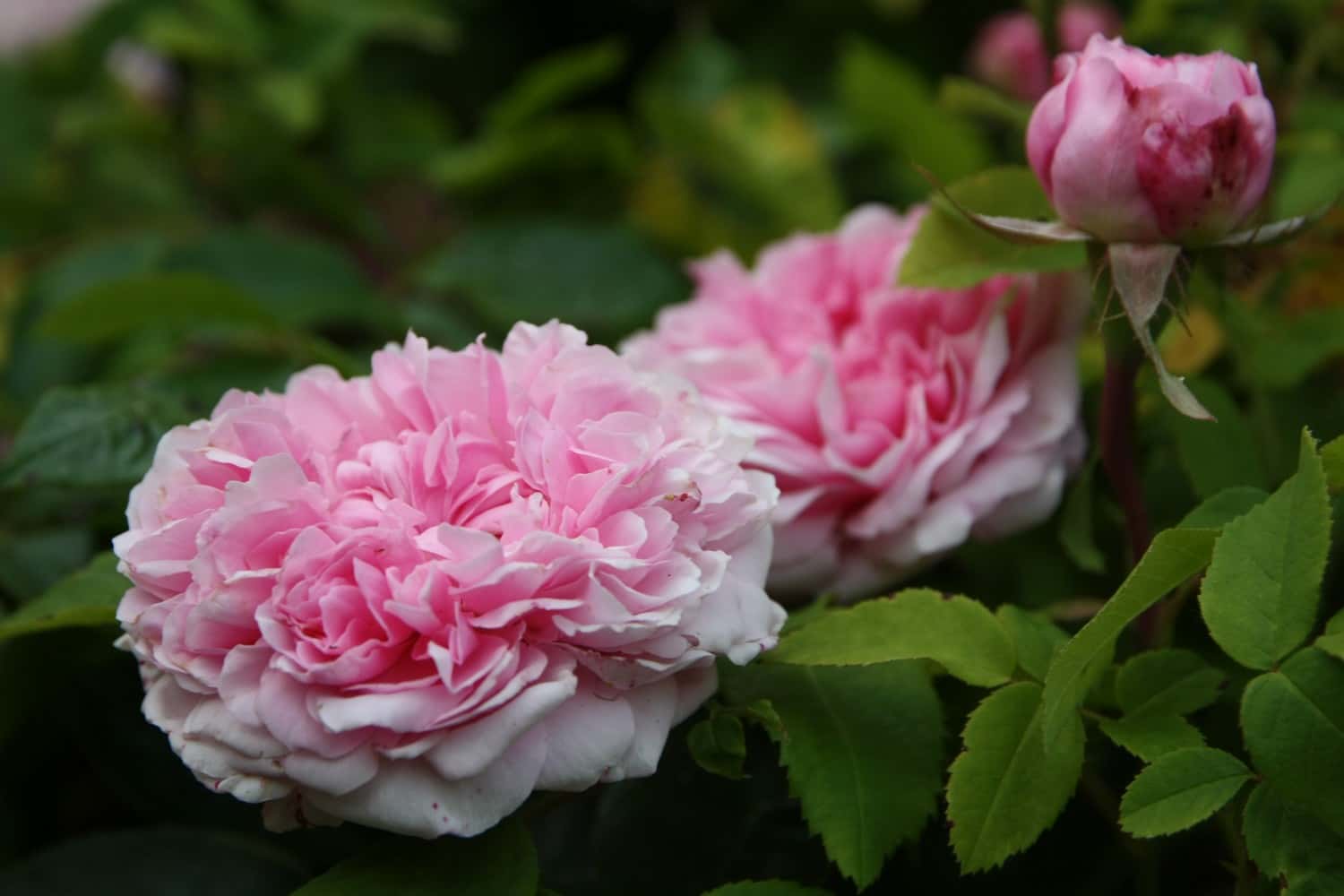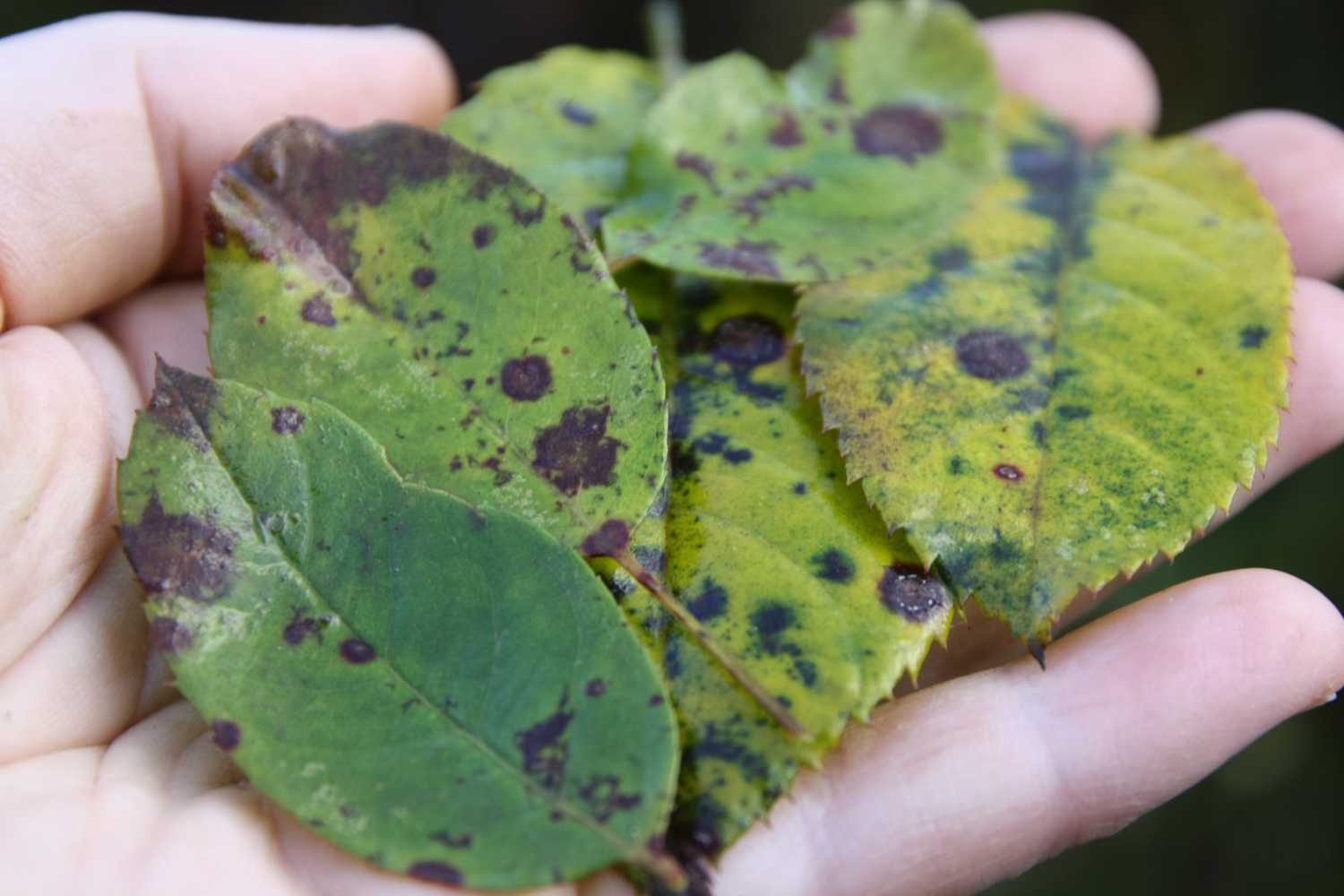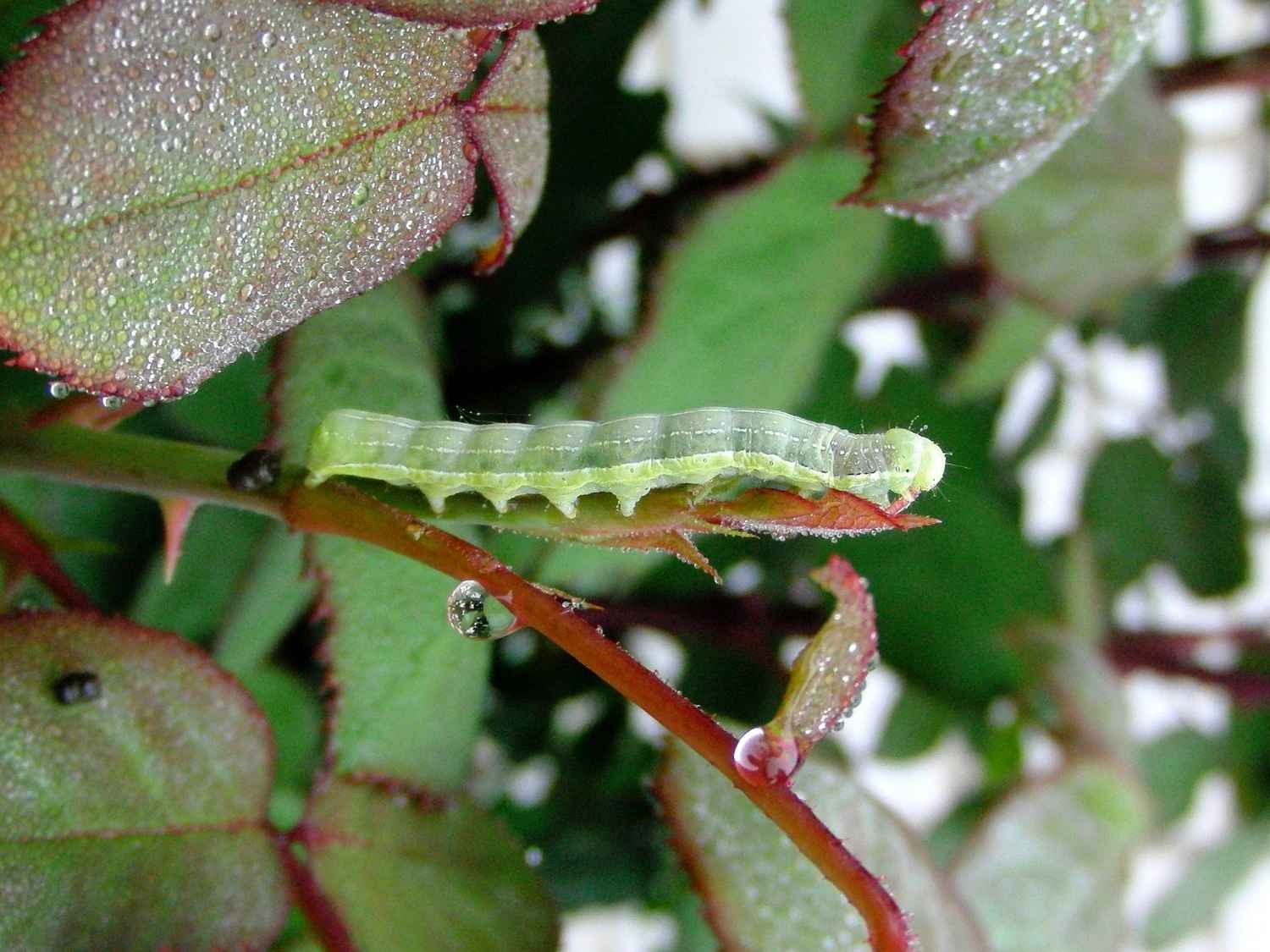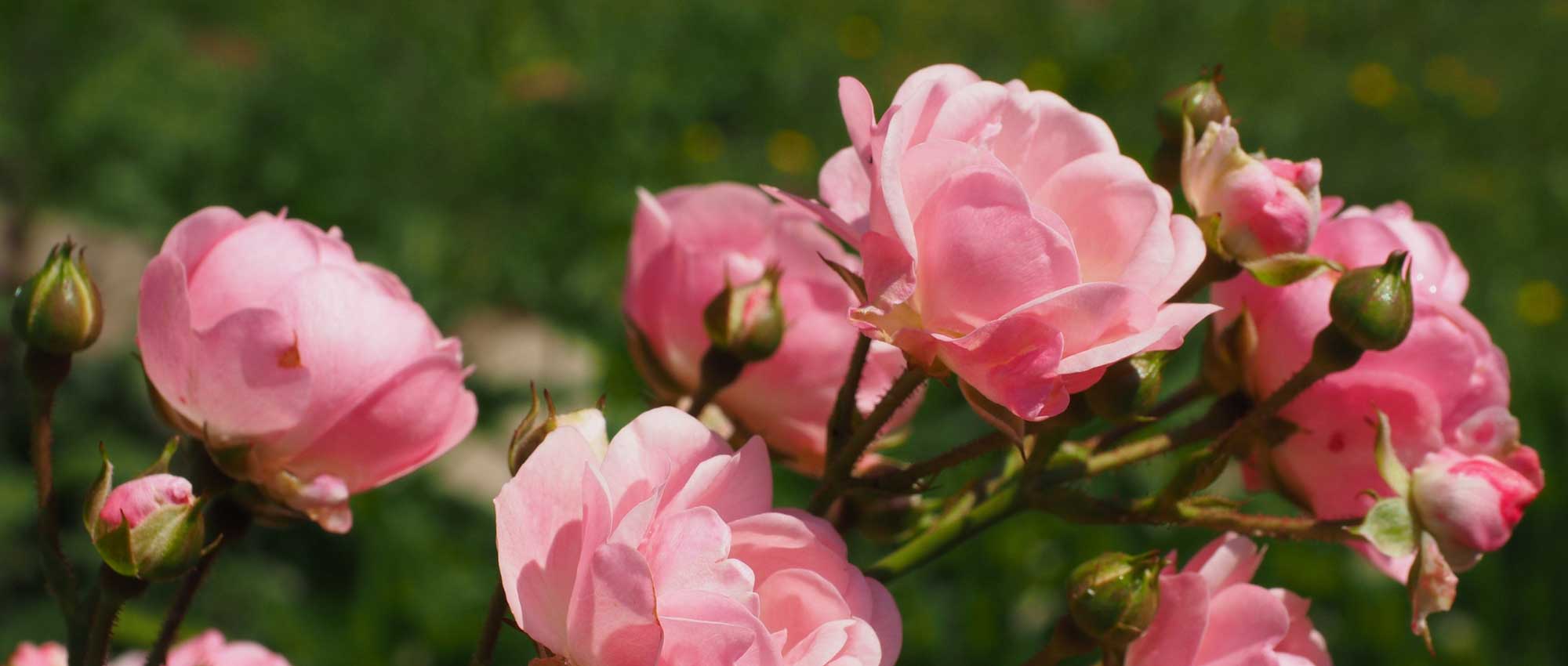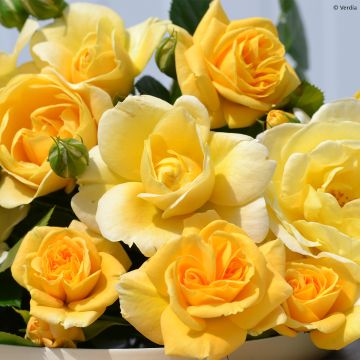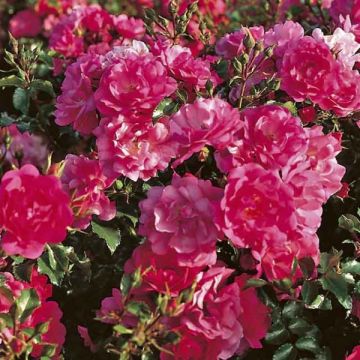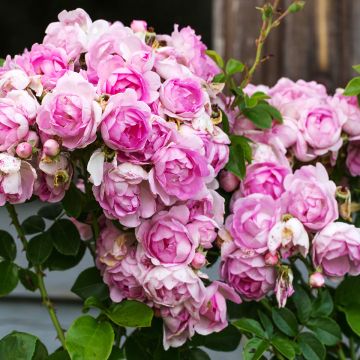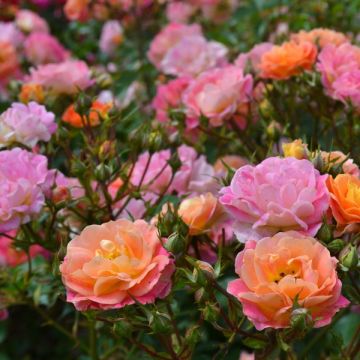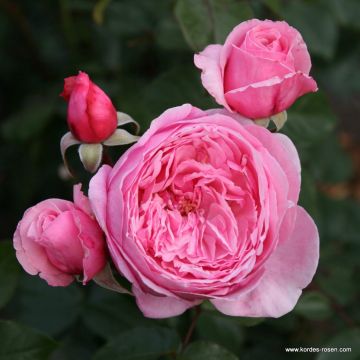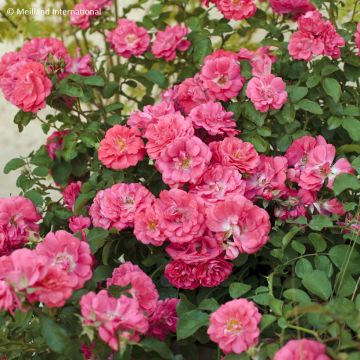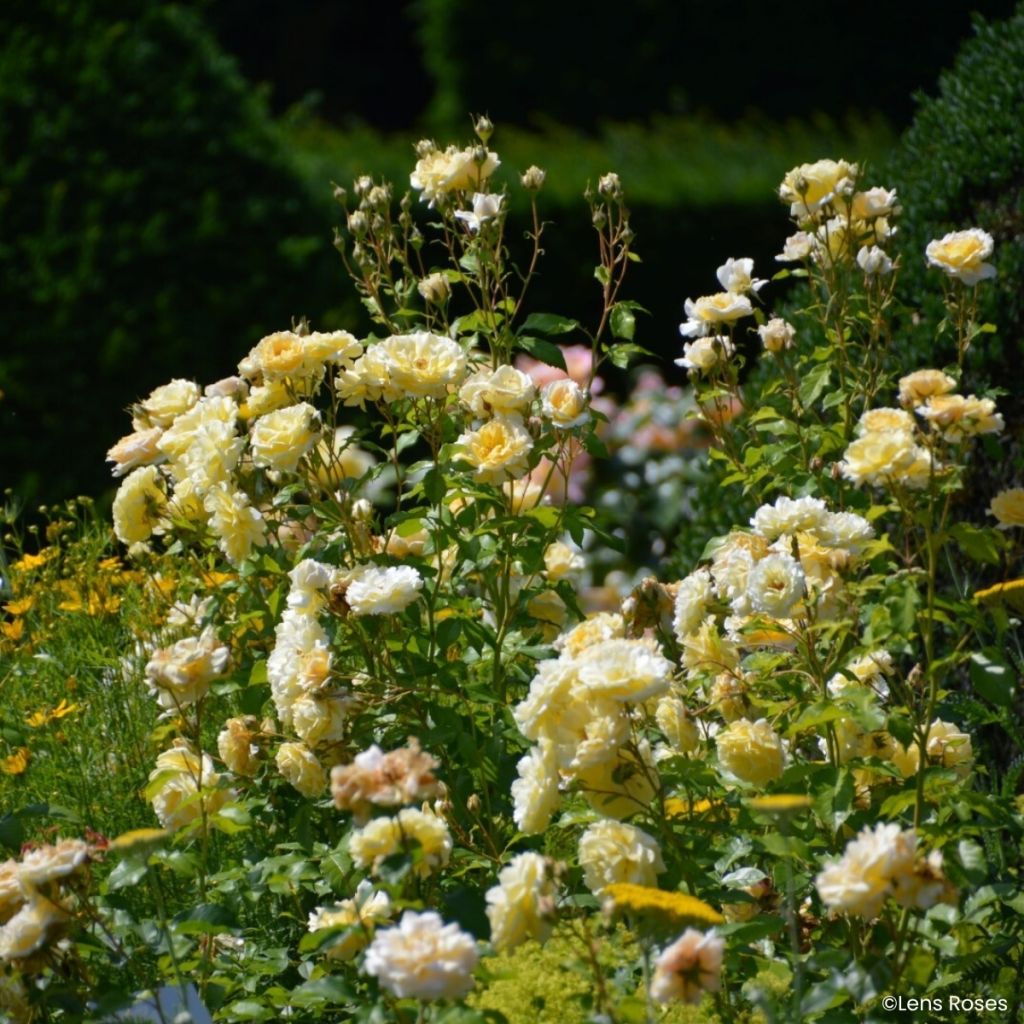

Rosa moschata Lady in Gold - Musk Rose


Rosa moschata Lady in Gold - Musk Rose


Rosa moschata Lady in Gold - Musk Rose
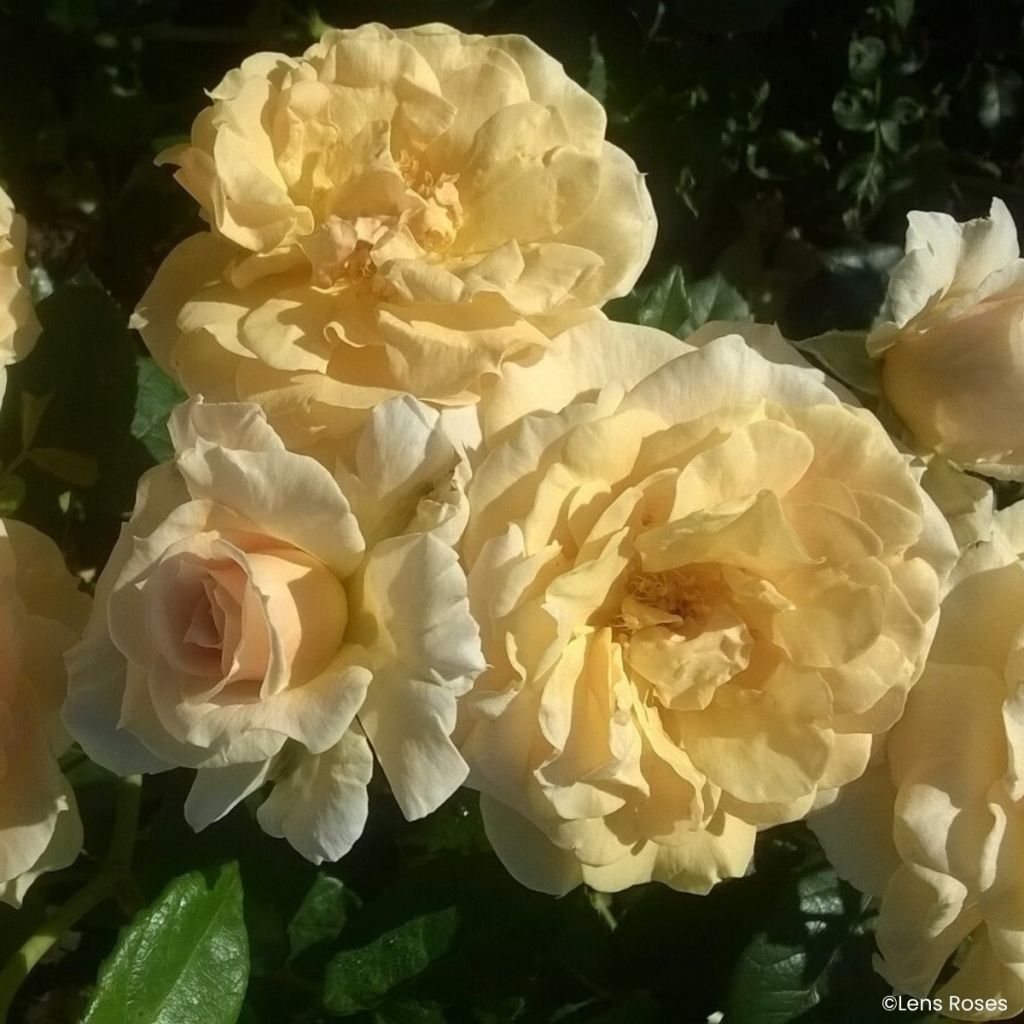

Rosa moschata Lady in Gold - Musk Rose
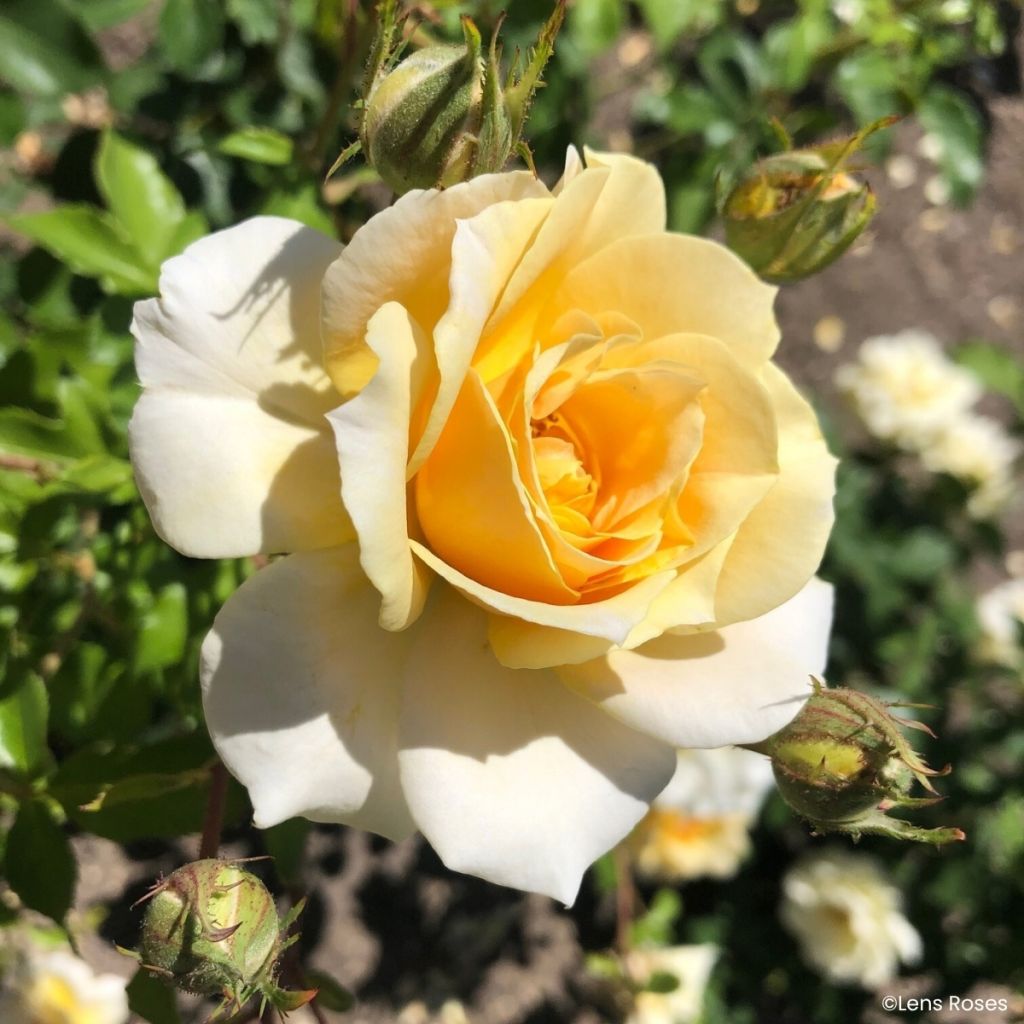

Rosa moschata Lady in Gold - Musk Rose
Rosa moschata Lady in Gold - Musk Rose
Rosa 'VEL23ffele' Lady in Gold®
Musk Rose
Special offer!
Receive a €20 voucher for any order over €90 (excluding delivery costs, credit notes, and plastic-free options)!
1- Add your favorite plants to your cart.
2- Once you have reached €90, confirm your order (you can even choose the delivery date!).
3- As soon as your order is shipped, you will receive an email containing your voucher code, valid for 3 months (90 days).
Your voucher is unique and can only be used once, for any order with a minimum value of €20, excluding delivery costs.
Can be combined with other current offers, non-divisible and non-refundable.
Home or relay delivery (depending on size and destination)
Schedule delivery date,
and select date in basket
We guarantee the quality of our plants for a full growing cycle, and will replace at our expense any plant that fails to recover under normal climatic and planting conditions.
Description
The 'Lady in Gold'® rose bush stands out with its cut flower arrangements of fully double flowers, in shades of golden yellow to cream, which fruity fragrance reveals hints of lemon. The bush has compact growth and offers generous flowering in early summer then again in September-October. This variety brings a sunny glow to perennial beds, allows for creating large, bright rose borders, and can also be grown in containers.
Belonging to the Rosaceae family, 'Lady in Gold' is a cultivar selected by Lens Roses in Belgium, registered in 2023 under the code 'VEL23ffele'; it is also marketed as Rosa Gëlle Fra. Its name pays tribute to the Luxembourg monument "Gëlle Fra" (Golden Lady), erected in Luxembourg City, a memorial figure celebrated in 2023 for its centenary.
The habit of this small bush is compact, rounded, with upright branches. It forms a bush 80 cm to 1 m tall at ripeness, and 60 to 80 cm wide. The inflorescences are clusters of 8 to 30 flowers. Each one, fully double and cup-shaped, measures about 8 cm in diameter; their colour varies from golden yellow at the centre to pale yellow or cream on the outer petals. They emit a fruity fragrance with a lemony note. The flowering period extends from June to October, with two marked peaks in early and late summer. The foliage, of a fairly dark green, slightly glossy, dresses the stems well; it maintains a handsome appearance throughout the season, then falls in autumn; the stems are equipped with prickles.
Use 'Lady in Gold' to create a large border along a lawn or a pathway, or plant it in groups of 3 in front of taller bushes. You can plant it among robust perennials like Stachys byzantina ‘Silver Carpet’, Agastache ‘Blue Fortune’ and Gaura lindheimeri ‘Siskiyou Pink’. Also pair it with compact roses in apricot or soft yellow tones such as 'Château de Cheverny'®, 'Arthur Bell' or 'Amber Queen'.
Rosa moschata Lady in Gold - Musk Rose in pictures
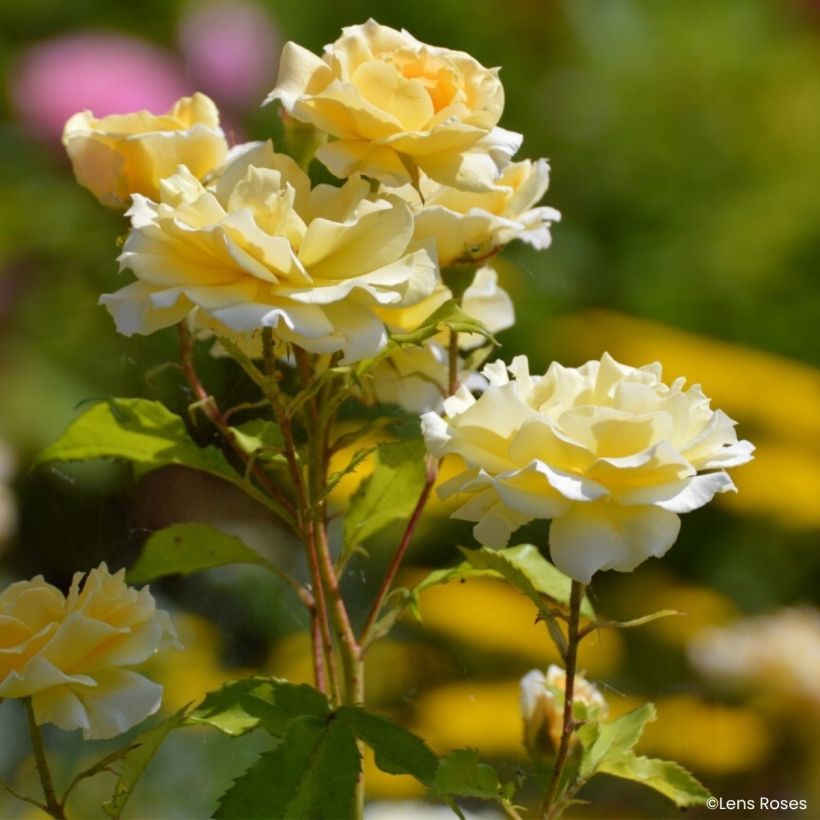

Plant habit
Flowering
Foliage
Botanical data
Rosa
'VEL23ffele' Lady in Gold®
Rosaceae
Musk Rose
Rosa 'Lady in Gold', Rosa 'VEL23ffele', Rosa Gëlle Fra
Cultivar or hybrid
Planting and care
The 'Lady in Gold' rose should be planted in sunny locations, though it also tolerates partial shade, particularly in our sunnier and warmer regions. It will adapt to any garden provided the soil is well worked and sufficiently rich. Although repeat flowering, its flowering will diminish during summer if conditions become too dry, resuming in autumn with the return period of rainfall. To plant your rose, prepare your soil by breaking it up finely and adding an amendment such as dried blood or dehydrated horn meal to the bottom of the planting hole. Water thoroughly after planting to eliminate air pockets. Water regularly for several weeks to encourage root establishment. As flowering progresses, remove faded flowers to stimulate the development of further buds.
Roses often become spotted or unsightly by late summer, but this doesn't affect their development. These spots aren't harmful to the rose - it's a natural phenomenon. Follow our advice for addressing this issue and consult our article: Help: I have spots on my roses
Planting period
Intended location
Care
Planting & care advice
This item has not been reviewed yet - be the first to leave a review about it.
Similar products
Haven't found what you were looking for?
Hardiness is the lowest winter temperature a plant can endure without suffering serious damage or even dying. However, hardiness is affected by location (a sheltered area, such as a patio), protection (winter cover) and soil type (hardiness is improved by well-drained soil).

Photo Sharing Terms & Conditions
In order to encourage gardeners to interact and share their experiences, Promesse de fleurs offers various media enabling content to be uploaded onto its Site - in particular via the ‘Photo sharing’ module.
The User agrees to refrain from:
- Posting any content that is illegal, prejudicial, insulting, racist, inciteful to hatred, revisionist, contrary to public decency, that infringes on privacy or on the privacy rights of third parties, in particular the publicity rights of persons and goods, intellectual property rights, or the right to privacy.
- Submitting content on behalf of a third party;
- Impersonate the identity of a third party and/or publish any personal information about a third party;
In general, the User undertakes to refrain from any unethical behaviour.
All Content (in particular text, comments, files, images, photos, videos, creative works, etc.), which may be subject to property or intellectual property rights, image or other private rights, shall remain the property of the User, subject to the limited rights granted by the terms of the licence granted by Promesse de fleurs as stated below. Users are at liberty to publish or not to publish such Content on the Site, notably via the ‘Photo Sharing’ facility, and accept that this Content shall be made public and freely accessible, notably on the Internet.
Users further acknowledge, undertake to have ,and guarantee that they hold all necessary rights and permissions to publish such material on the Site, in particular with regard to the legislation in force pertaining to any privacy, property, intellectual property, image, or contractual rights, or rights of any other nature. By publishing such Content on the Site, Users acknowledge accepting full liability as publishers of the Content within the meaning of the law, and grant Promesse de fleurs, free of charge, an inclusive, worldwide licence for the said Content for the entire duration of its publication, including all reproduction, representation, up/downloading, displaying, performing, transmission, and storage rights.
Users also grant permission for their name to be linked to the Content and accept that this link may not always be made available.
By engaging in posting material, Users consent to their Content becoming automatically accessible on the Internet, in particular on other sites and/or blogs and/or web pages of the Promesse de fleurs site, including in particular social pages and the Promesse de fleurs catalogue.
Users may secure the removal of entrusted content free of charge by issuing a simple request via our contact form.
The flowering period indicated on our website applies to countries and regions located in USDA zone 8 (France, the United Kingdom, Ireland, the Netherlands, etc.)
It will vary according to where you live:
- In zones 9 to 10 (Italy, Spain, Greece, etc.), flowering will occur about 2 to 4 weeks earlier.
- In zones 6 to 7 (Germany, Poland, Slovenia, and lower mountainous regions), flowering will be delayed by 2 to 3 weeks.
- In zone 5 (Central Europe, Scandinavia), blooming will be delayed by 3 to 5 weeks.
In temperate climates, pruning of spring-flowering shrubs (forsythia, spireas, etc.) should be done just after flowering.
Pruning of summer-flowering shrubs (Indian Lilac, Perovskia, etc.) can be done in winter or spring.
In cold regions as well as with frost-sensitive plants, avoid pruning too early when severe frosts may still occur.
The planting period indicated on our website applies to countries and regions located in USDA zone 8 (France, United Kingdom, Ireland, Netherlands).
It will vary according to where you live:
- In Mediterranean zones (Marseille, Madrid, Milan, etc.), autumn and winter are the best planting periods.
- In continental zones (Strasbourg, Munich, Vienna, etc.), delay planting by 2 to 3 weeks in spring and bring it forward by 2 to 4 weeks in autumn.
- In mountainous regions (the Alps, Pyrenees, Carpathians, etc.), it is best to plant in late spring (May-June) or late summer (August-September).
The harvesting period indicated on our website applies to countries and regions in USDA zone 8 (France, England, Ireland, the Netherlands).
In colder areas (Scandinavia, Poland, Austria...) fruit and vegetable harvests are likely to be delayed by 3-4 weeks.
In warmer areas (Italy, Spain, Greece, etc.), harvesting will probably take place earlier, depending on weather conditions.
The sowing periods indicated on our website apply to countries and regions within USDA Zone 8 (France, UK, Ireland, Netherlands).
In colder areas (Scandinavia, Poland, Austria...), delay any outdoor sowing by 3-4 weeks, or sow under glass.
In warmer climes (Italy, Spain, Greece, etc.), bring outdoor sowing forward by a few weeks.

































